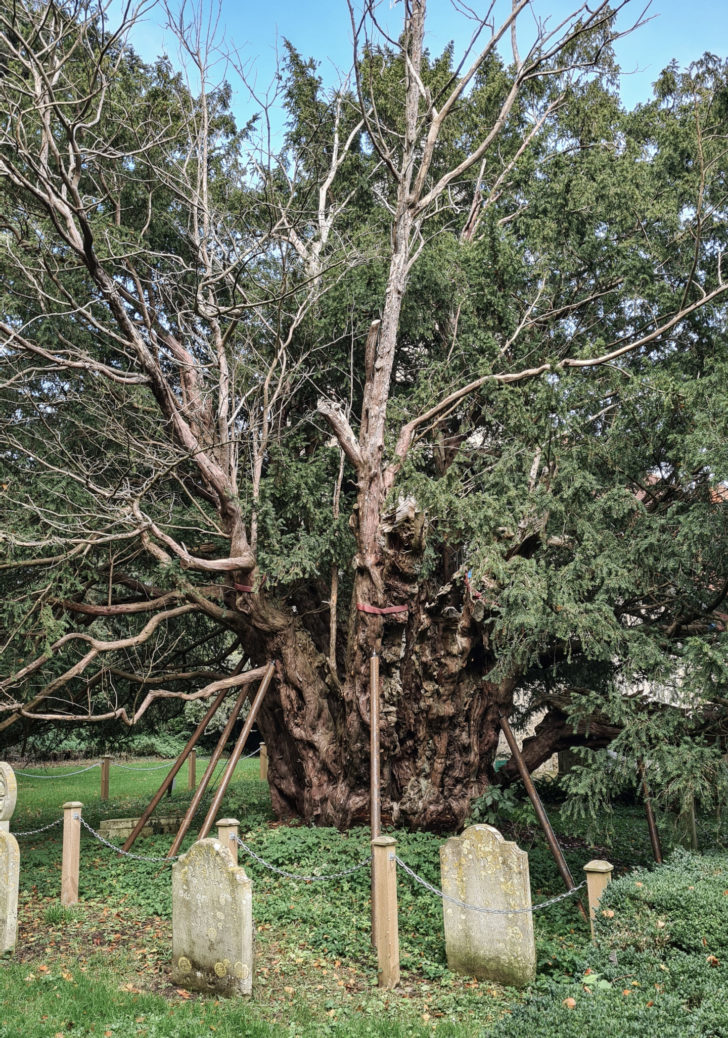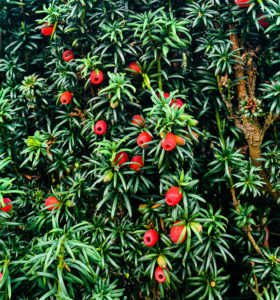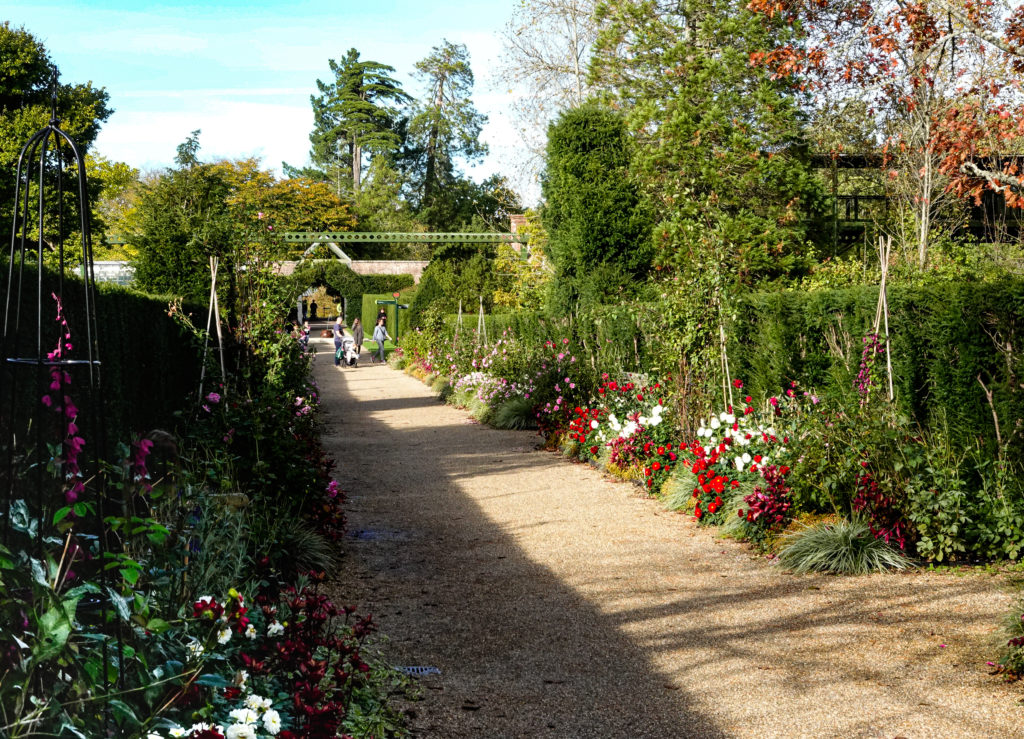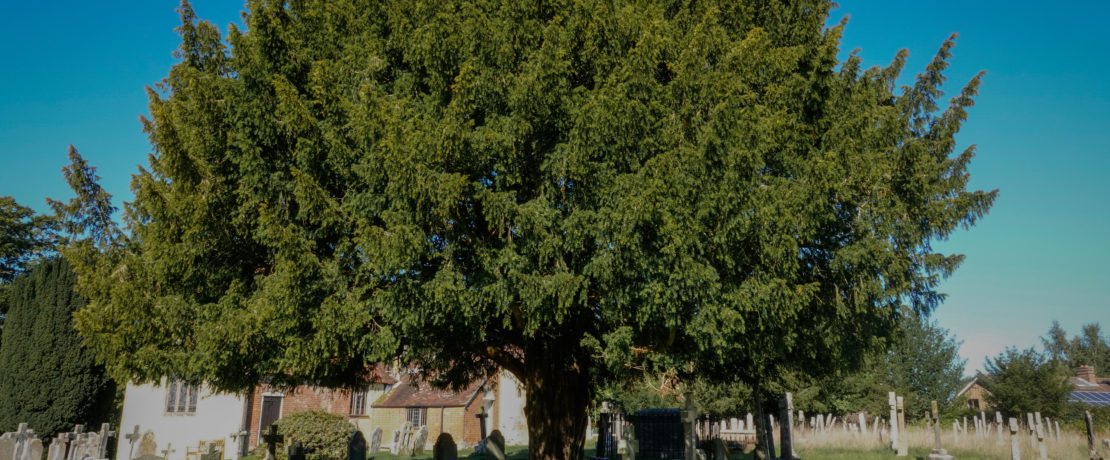The Ancient Yews of Hampshire
Even Methuselah himself did not live as long. That Old Testament patriarch allegedly reached 969 years, yet the ancient yew trees of Hampshire are at least 1,000 years old.
There are 27 such yew trees in our county. Usually found in churchyards, they include those at St Nicholas Church in Brockenhurst, St Mary the Blessed Virgin in Newton Valance and St Thomas a Becket in Warblington.
The yew tree in the churchyard of St Mary’s, Hayling Island, has an impressive girth of some nine metres. It’s age has been estimated to be something between 1,000 to nearly 2,000 years old.
The oldest yew tree in Hampshire is at All Saints Church in Farringdon, near Alton. Estimates of it’s age range from 2,500 to 3,000 years old. It is now listed in the Ancient Tree Inventory as a tree of National Special Interest. In 2020, a campaign was started to raise funds for a support structure for the tree, which is now at risk of collapse. So far £5,500 has been raised, but more money is still needed.

The great longevity of yew trees is due to the drooping branches of old yews. These can root to form new trunks where they touch the ground.
To the Celts the yew tree symbolised death and resurrection. The Druids regarded the yew tree as sacred. Christians put yew shoots in a coffin with their deceased. Sometimes the dead were even buried beneath a yew tree as a form of protection.
Some ancient yew trees may have originally been planted on pagan sites or burial grounds. Churches were then later built on these locations.
Away from churchyards, wild yew is found on well-drained chalk and limestone soils. A number of wild yew trees are to be found near the southern slope of Old Winchester Hill in the Meon Valley in Hampshire.
Parts of the yew tree are poisonous to both livestock and humans. However, the red fruit is eaten by birds, including the blackbird and song thrush.

Dormice and squirrels also relish this snack. The needle-like leaves of the yew are eaten by the caterpillars of the satin beauty moth.
Yew wood is very strong and durable. This has made it an ideal material for furniture, musical instruments, tool handles and longbows. When the Tudor warship Mary Rose was raised from the Solent seabed in 1982, archaeologists recovered 137 yew longbows. More recently scientists have found compounds in the bark of yew trees that have anti-cancer properties. Truly, the yew tree is as remarkable as it is long-lived.
Further information can be found on the Ancient Yew Group website at www.ancient-yew.org. This has a database containing information on 1,500 ancient and veteran yew trees.










